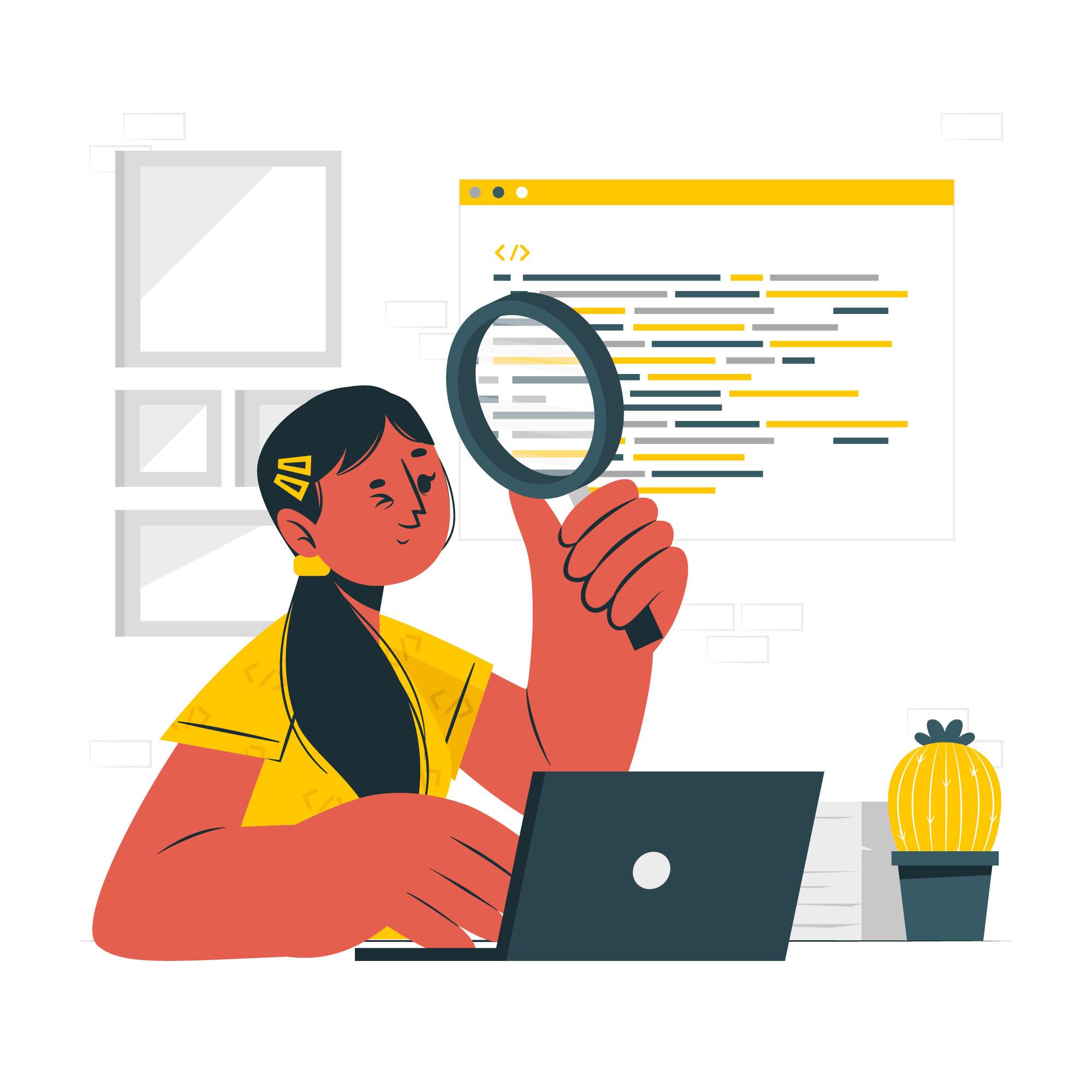
Technology advancement is one of the main factors leading to an increase in plagiarism, a serious issue in today’s world of digital content. Committing plagiarism has a detrimental effect on any writer’s reputation and content. As a result, stringent mechanisms must be put in place to ensure that every piece of content intended for publication on any digital platform is thoroughly vetted. This article provides a quick overview of viable approaches to identify plagiarism.
1. Leveraging Plagiarism Detection Software
Using plagiarism detection software is one of the best methods for spotting plagiarism. Numerous trustworthy online tools are accessible, many of which are quick, precise, and simple to use. Walter AI, Grammarly, Copyscape, and Turnitin are a few well-liked choices.
Simply paste the text into the software to use these tools, and a report identifying any content that matches will appear in a matter of seconds. Many programs allow you to rapidly evaluate an article’s originality and identify plagiarism by displaying the sources, percentage of similarity, and exact phrases that were copied.
2. Look for Obvious Red Flags to Identify Plagiarism
Sometimes, with a little attention to detail, plagiarism can be easily identified. You can look for various warning signs that point to unoriginal content. First, you can look for cliches or generalizations that are used a lot. These could imply that the author plagiarized concepts from widely used sources without contributing original thoughts.
Additionally, look for a distinct voice or lack of customization. Original articles, particularly those written by regular authors, frequently include a unique viewpoint or personal touch. If a message seems too general, it might be plagiarized or rely too much on outside sources. You can also check for variations in quality between portions. Content that has been plagiarized may exhibit differences in quality or depth, especially if different sections of the article were taken from different sources. Using a plagiarism checker or a manual search can help identify plagiarism and validate your suspicions if any of these warning signs are present.
3. Identify Plagiarism by Examining Attributions and Citation Styles
When referencing outside sources, credible content frequently contains the appropriate citations and attributions. Examine an article to see if the author has given credit where credit is due. Ideas that have been lifted without citations, hyperlinks, or quotes are examples of plagiarized work. Seek out quotations, data, or statistics without citations.
When presenting accurate material, professional writers typically include links or citations to reliable sources. Additionally, pay attention to the questionable overuse of the same hyperlinks. This is because it can suggest that the author relied too much on one source. Thoroughly researched original work is characterized by proper attributions. If they are absent, it could be worthwhile to look into the content’s legitimacy and identify plagiarism further.
Final Thoughts
Detecting plagiarism consistently and thoroughly can help you gain the trust of readers who depend on you for excellent genuine material in addition to safeguarding the reputation of your company. You can be sure that using the technology discussed in this article will make it simple to identify plagiarism with accuracy.





